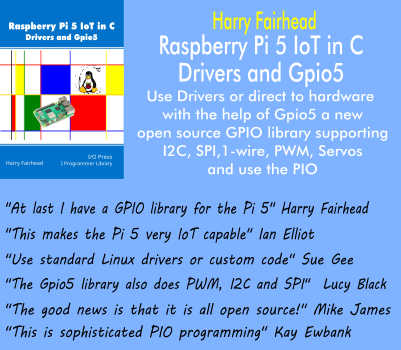| Understanding GPU Architecture With Cornell |
| Written by Nikos Vaggalis | |||
| Friday, 11 April 2025 | |||
|
Find out everything there's to know about GPUs. This Cornell Virtual Workshop will be helpful for those who program in CUDA. Cornell's Virtual Workshop is a learning platform designed to enhance the computational science skills of researchers. Programming Languages
Introduction to Advanced Cluster Architectures
Parallel Computing
AI, Machine Learning, Data Science
Large Data Visualization
From those we've picked the "Understanding GPU Architecture" one to look into, since here at IProgrammer we have a particular interest in CUDA programming. This rodamap focuses in preparing application programs to run on GPUs by laying out the main features of GPU hardware design. It fits perfectly with the other resources we had covered recently, "Three NVIDIA CUDA Programming Super Resources", CUDA is of course NVIDIA's toolkit and programming model which provides a development environment for speeding up computing applications by harnessing the power of GPUs. But the problem when working with GPUs is that : the documentation is fragmented, making it difficult to connect concepts at different levels of the stack, like Streaming Multiprocessor Architecture, Compute Capability, and nvcc compiler flags . As such the people at Modal created the GPU glossary ("Demystifying GPU Terminology") to collect, amend and present that information, going to great lengths by collecting material from official documentation to Discord-dedicated channels and even trawling through old-fashioned books.
This virtual workshop follows a similar pattern to the Glossary, looking into:
The workshop is organized around the following sections: GPU Characteristics GPU Memory GPU Example: Tesla V100 GPUs and Frontera: RTX 5000 Exercises There are no specific requirements for this roadmap; however, access to Frontera may be helpful, or to any computer that hosts an NVIDIA GPU and has the CUDA Toolkit installed. If you don't have access to any of those, fear not, since LeetGPU has got you covered. LeetGPU which have already covered, is a platform where you can write and test CUDA code without setting anything up, just using your browser. Makers AlphaGPU aim with it to "democratize access to hardware-accelerated languages" by emulating GPUs on CPUs using open-source simulators. The roadmap does one thing and it does it right. It manages to deconstruct a complex topic into its building blocks to convey its concepts as clear and easy as possible. Together it with it, another Roadmap, that of Parallel Programming Concepts and High-Performance Computing could be considered as a possible companion for those who seek to expand their knowledge of parallel computing in general, as well as on GPUs. Make sure to check the rest of the Workshops; it's certain that you'll find something of interest. More InformationRoadmap: Understanding GPU Architecture Related ArticlesThree NVIDIA CUDA Programming Super Resources
To be informed about new articles on I Programmer, sign up for our weekly newsletter, subscribe to the RSS feed and follow us on Twitter, Facebook or Linkedin.
Comments
or email your comment to: comments@i-programmer.info |




